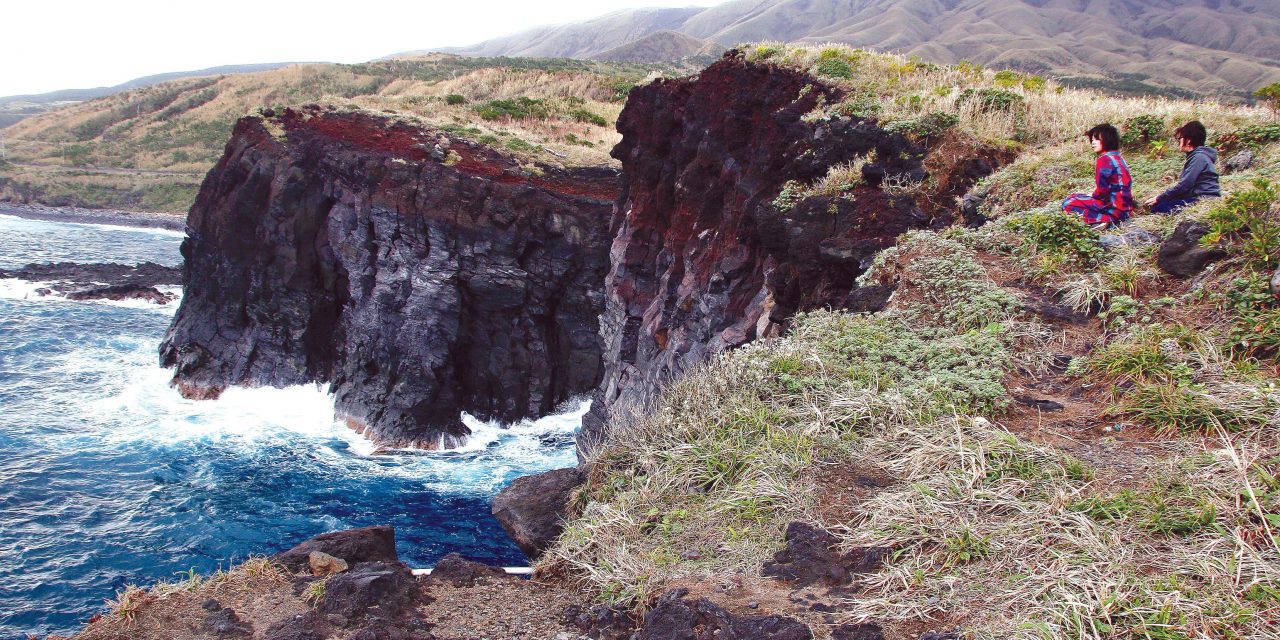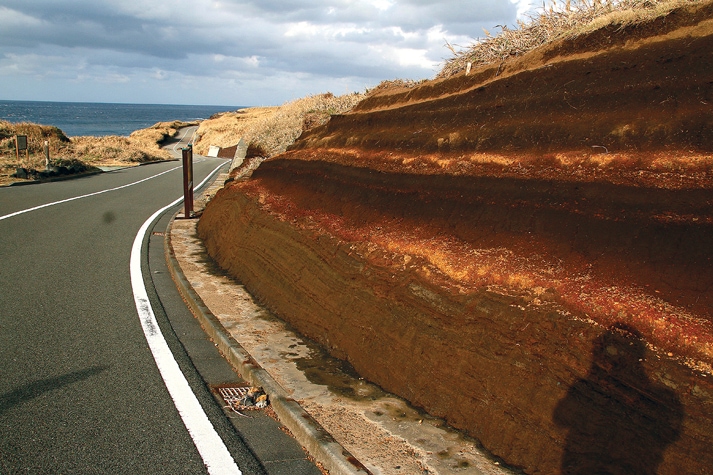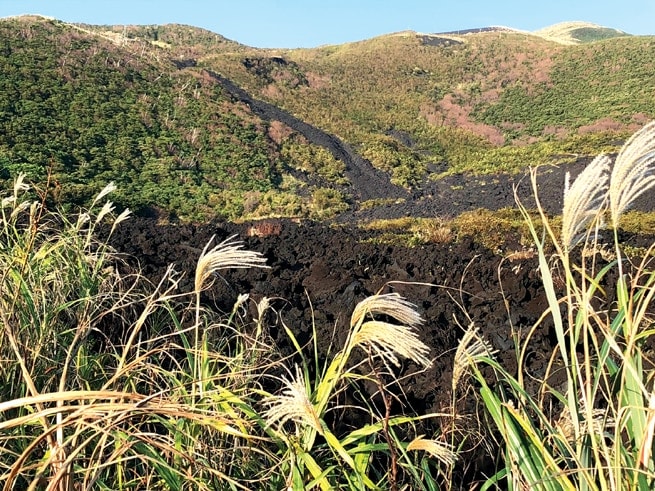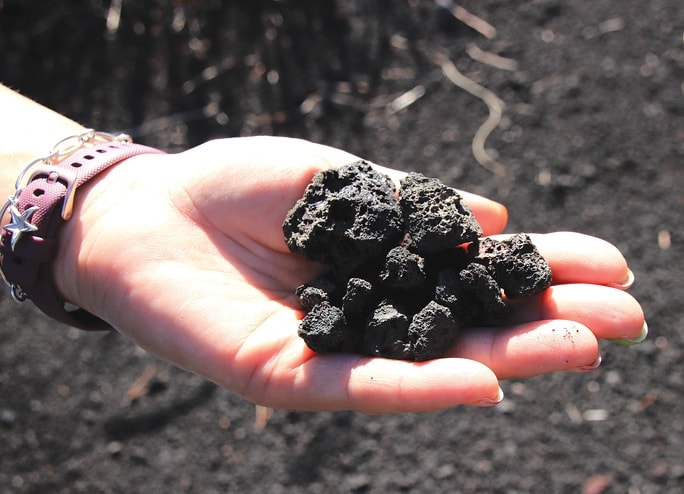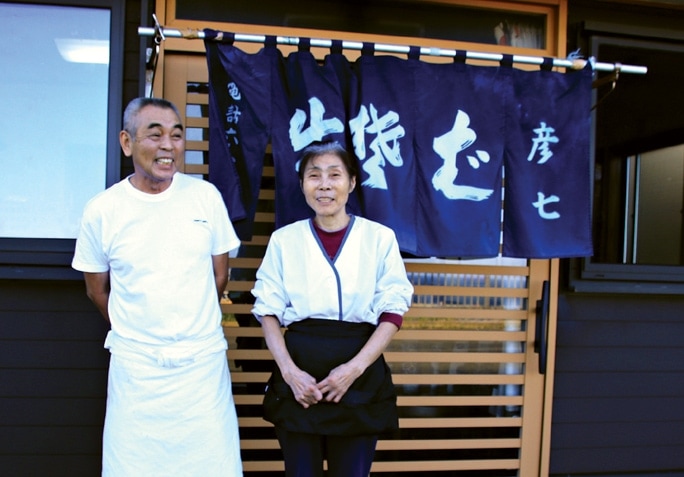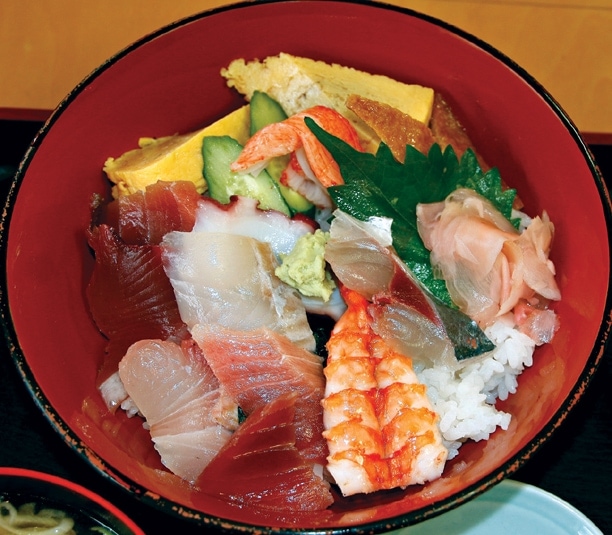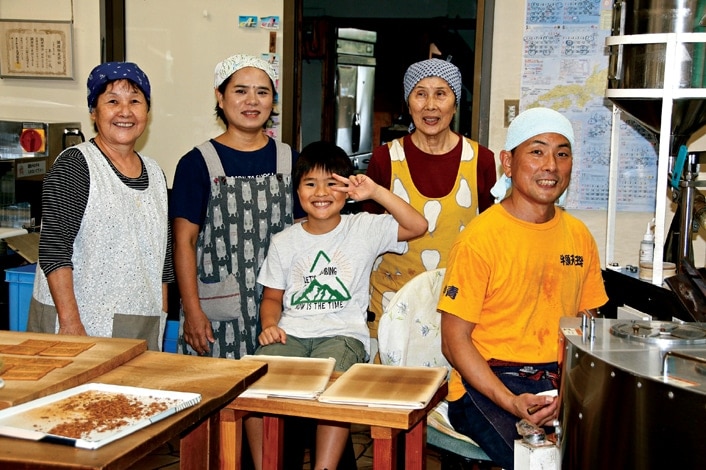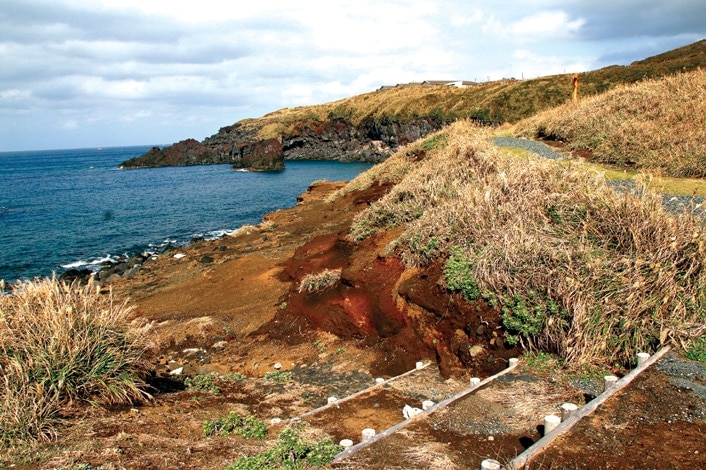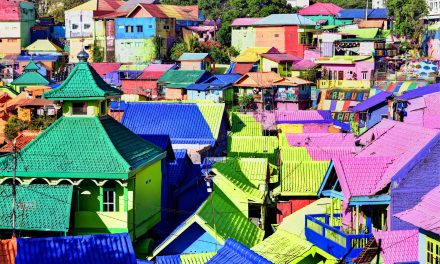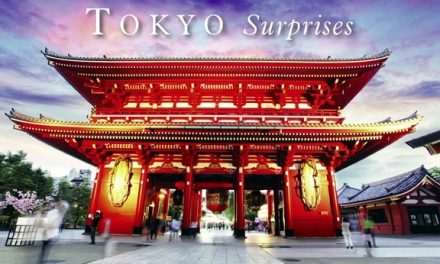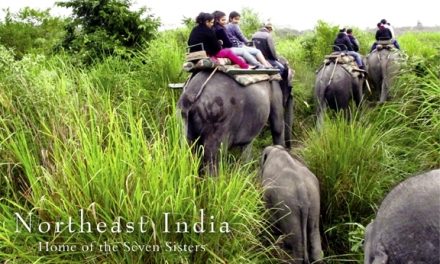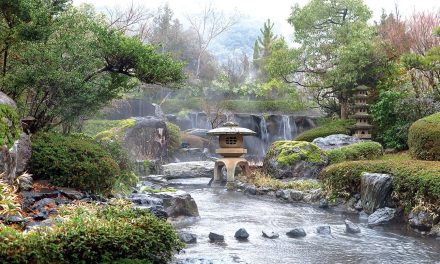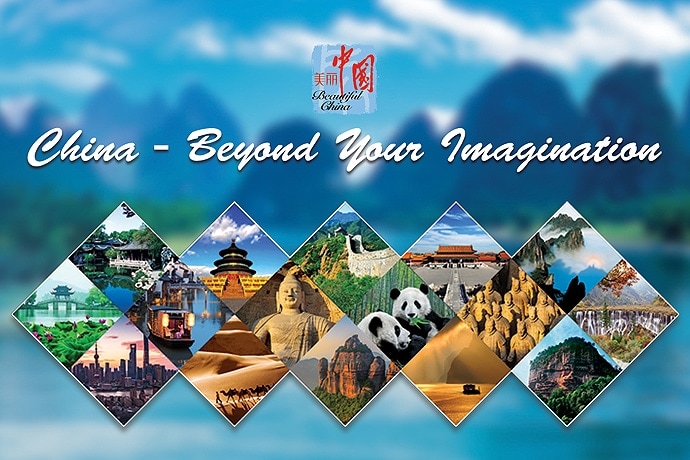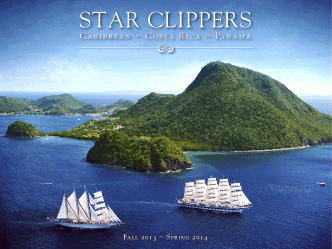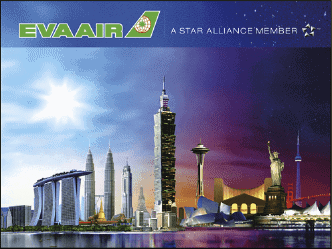Japan
A Refreshing Visit to Tokyo’s Miyakejima Island
Article and photography by Steve Gillick
Tokyo bound travellers are in for a hot time! Surprising adventures await on Miyakejima Island where visitors come face-to-face with the Island’s astounding volcanic scenery.
Our Island guide, Ms. Hitomi Kikuchi noted that Ebisu, one of the seven Japanese Happy Gods, and the god of fishermen is associated with the Izu Islands in Tokyo Prefecture. “Every time there’s a volcanic eruption, it can be interpreted as a religious event because it means that the god is present”. And it follows that Miyakejima should be truly blessed as it is the most active of all the Izu islands!
We had a wonderful preview of volcanic splendour on our 55-minute flight to Miyakejima from Tokyo’s small Chofu Airport, when our 19-passenger Dornier 228-212 aircraft passed right by Mt. Fuji, with its white symmetrical cone showcased against the backdrop of a deep blue sky. But while Mt Fuji has been dormant since 1707, the last volcanic activity on Miyakejima was in the year 2000 with three prior eruptions occurring roughly 20 years apart in 1983, 1962 and 1940.
When we asked about tourism on the island, Hitomi-san explained that she was originally from Nara but in 1999 she came to Miyakejima as an instructor for the “swim with wild dolphins” program. She fell in love with the Island’s natural and seasonal attractions: In Spring, Miyakejima is a birders paradise; Summer is prime time for swimming, fishing and diving to see the coral reefs, and Winter activities include trekkiing and ocean fishing “right off the shore”. Other Islanders chimed in to mention favourite past times that included participation in the Matsuri (the seasonal festivals), Taiko (drumming), Jogging, surfing and biking. In fact, each November the “WERIDE” endurance race near Shichito Observatory attracts over 130 bicycle racers from all parts of Japan and overseas.
For visitors, touring around Miyakejima’s 28 kilometer (17.4 miles) circumference leads to scenic beaches, crashing waves, shrines and ‘geo spots’, that bear witness to a violent volcanic past. Excellent explanatory signage in both Japanese and English, is available at every geo spot; something that positively supplemented the engaging information provided by Hitomi-san.
The volcanic eruption in 2000 resulted in the evacuation of the entire island due to mudslides, ash and gas, and it has only been since 2015 that island life has returned to “fully normal”. Our first interaction with the effects of that eruption was at the Shiitori Shrine, just north of the airport. A vermilion torii gate stands in front of a small shrine while in the background, bare, dead-white trees poke through recent green foliage. But then our guide pointed to what appeared to be a white log and noted the photos on the nearby sign that showed how mudslides had completely swallowed the original torii gate and the ‘white log’ was in fact the lintel (top bar) of that torii gate. The rest was underground.
And an even more poignant geo spot is the Ako Lava Trail where visitors traverse a boardwalk built over the now rough, sharp lava stones, that in liquid form, engulfed most of Ako Hot Spring Village in October 1983. Roughly 340 houses were destroyed. The Trail goes right by the school that was buried in lava, almost to the roof.
Most of the Geo Spots educate visitors about the island landscape that was so dramatically altered by volcanic activity. Mt. Hyotan (Hyotanyama) lies in a bleak desert-like landscape of grey/black soil with dashes of yellow scrub brush. But as we hiked up the hill, we could see the red soil crater with hardened lava shapes resembling contemporary art. On one side there was the white surf and blue waters of the Pacific Ocean while on the other side was a verdant forest with low, rugged mountains in the distance.
Hyotanyama was created in one day during the 1940 volcanic eruption. The observation point on nearby Mt. Sanshichi created by the 1962 eruption, overlooks the Hyotanyama crater, highlighting contrasting colours of black, red and brown soil with the azure sky and ocean. This spot has been listed as one of the 100 Views of New Tokyo. It’s quite spectacular.
Nippana Shinzan was also created in one night during the 1983 eruption. We had to hold on to our baseball caps as we hiked up the black rock hill due an invigorating warm wind. Technically called a pyroclastic cone (a hill made of volcanic rocks and ash), the dramatic shape of the ‘cone’ with its black and red rocks and resembling a man-made fortification, is absolutely amazing.
And again we held our hats tightly as we stood on the summit of Shichito Observatory, a mountain peak where the strong winds mix with the beautiful, hilly, volcanic scenery. This is part of the Ako Geo Trekking route, as well as one of the more demanding segments of the annual WERIDE endurance bicycle challenge.
For scenery of a different nature, we journeyed to Tairo-ike, the largest freshwater pond in all the Izu Islands. This area appeals to two very special travel interests. Nearby is Maigo-jii, a giant Chinquapin Oak tree which is literally a crowning reward to see for flora aficionados and members of Big Tree associations.
And for birders, the pond area is one of the prime venues to spot the endemic Izu Thrush (a.k.a. Akakokko). We joined the Miyake Nature Center staff to view birds such as the Shichito Mejiro, the Blue Rock Thrush and some Hiyodori (Bul Buls).
As we explored further, wonders never seemed to cease! At Megane-iwa, ‘the eyeglass boulder’, sunset views through the one remaining lens, once a cave, (the other collapsed during the Isewon Typhoon in 1959) are on the island’s ‘must experience’ list.
Remarkable too are the dark, striking cliffs at Toga Beach as well as Kamanoshiri Beach where we were fortunate to spot a curious Blue Sea Turtle who swam by and posed for photos.
To a dedicated foodie, islands and oceans mean only one thing: fresh seafood.
We enjoyed very tasty dinners and breakfasts at our friendly hotel, the Kairaku, that also offered wonderful sunset views of Ako Port. But we had an appetite to explore further.
At Hikoshichi restaurant, owned by the welcoming couple Takao and Tomiko Watanabe, we relished a delicious lunch of home-made soba noodles, plump shrimp tempura, crunchy pickles and cold draft beer. At Ikeyoshi, owned by the affable Kimura family, we were in a state of taste bud bliss over the incredibly fresh Chirashi (assorted seafood on a bed of rice) with savoury Miso soup and yet another cold draft beer.
On the road we popped into Gyunyu Senbei, where the third generation of the Hiramatsu family makes delicious sweet milk biscuits, an Island exclusive! And what better way to indulge in the spirit of the destination than a visit to Miyakejima Shuzo, where wheat-based Shochu (at 25% alcohol) is produced and sold. Free, self-serve samples and a chat with Toji, the Shochu Master, made for a very pleasant visit.
Exploring Miyakejima is a unique adventure filled with astounding volcanic scenery as well as great opportunities for photography, birding, swimming, fishing, hiking and gastronomy. It’s a nature-escape with a truly refreshing difference!
www.miyakejima.gr.jp/

